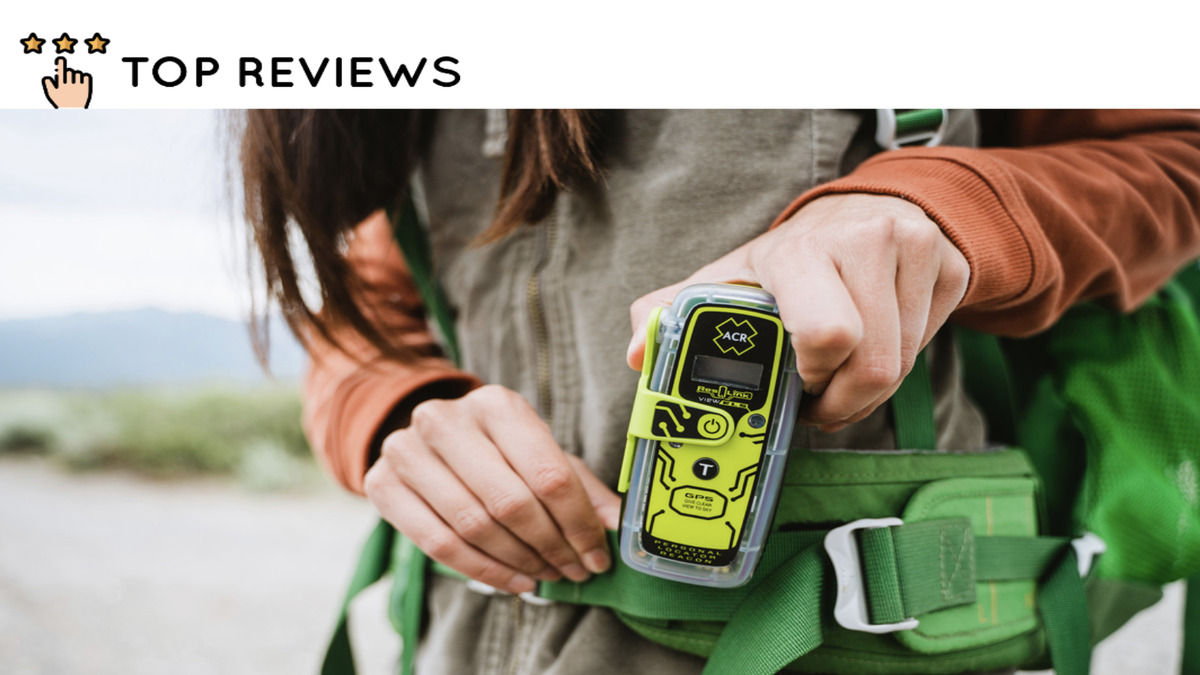Do you need a PLB for Abel Tasman?
- What is a PLB?
- How does a PLB work?
- What are some factors to consider when deciding if you need a PLB for Abel Tasman?
- Legal Requirements and Recommendations
- Weight and Size of a PLB
- Cellphone Coverage
- Understand the Terrain and Weather
- Duration and Type of Activity
- Your Experience and Fitness Level
- Solo or Group Trip
So you’re thinking of trekking your way through Abel Tasman National Park?
Navigating the trails and marine reserves of Abel Tasman National Park is an adventure that can quickly turn into a challenging escapade given its remote and rugged terrain.
As you plan your journey, one question that might arise is: Do you need a Personal PLB for Abel Tasman? Fear not—we’ve got the answer for you!
Having a PLB (Personal Locator Beacon) for the Abel Tasman National Park is not essential, but it’s a good idea to have one if you plan on hiking in the park’s more remote areas. Most parts of the park have no cell phone reception.
What is a PLB?
A Personal Locator Beacon (PLB) is a portable transmitter that sends a personalized emergency distress signal to your nearest rescue services. It’s a satellite distress beacon that will inform Search and Rescue (SAR) teams anywhere in the world that you need help.
This device is typically used in life-threatening situations, such as hiking, boating, or other outdoor activities where traditional emergency services may not be readily accessible.
How does a PLB work?
PLBs transmit unique distress signals in the 406 MHz spectrum range and help in search and rescue missions. When activated, the PLB sends out an S.O.S alert using the COSPAS-SARSAT global satellite system.
These devices use a frequency reserved for distress signals to ensure they are picked up promptly by the relevant authorities.
Upon receiving the distress signal, the satellite system triangulates the location of the beacon and relays the information to the nearest SAR teams. The PLB also monitors both its wearer’s GPS coordinates and the position of emergency beacons to provide the most accurate location information.
There are no subscription costs, and PLBs have a multi-year battery life, so it’s one of the most cost-effective ways to ensure safety during adventurous pursuits.
What are some factors to consider when deciding if you need a PLB for Abel Tasman?
While carrying a PLB when exploring Abel Tasman National Park is a personal decision, when it comes to safety, it’s always better to err on the side of caution. Here are some factors to consider if you’re considering taking a PLB on your Abel Tasman trip.
Legal Requirements and Recommendations
While there are currently no legal requirements to carry a PLB in Abel Tasman National Park, New Zealand’s Department of Conservation (DOC) recommends carrying one when venturing into the backcountry.
Weight and Size of a PLB
PLBs are compact and lightweight, making them easy to carry in your backpack. They don’t take up much space or add significant weight. This small addition to your pack could be invaluable, considering the potential benefits.
Cellphone Coverage
While parts of Abel Tasman National Park have cellphone coverage, it can be inconsistent or nonexistent in some areas. Therefore, relying solely on your phone for emergencies may not be the best idea.
A PLB can communicate your distress signal and location to search and rescue teams even in areas without cell coverage.
Understand the Terrain and Weather
Abel Tasman National Park is known for its diverse terrain. The park’s famous coastal track, one of New Zealand’s nine Great Walks, can pose significant challenges, particularly during adverse weather conditions.
While the track is well-marked and maintained, sections can be steep and rough.
Weather in the region can change rapidly, with sunny skies turning to rain and wind without much warning.
These factors can potentially lead to dangerous situations where a PLB could be a lifesaver.
Duration and Type of Activity
The duration and type of activity you plan to undertake are crucial factors in deciding whether to bring a PLB. If you’re planning a multi-day hike or a sea-kayaking trip, carrying a PLB is highly recommended. In contrast, it may not be necessary if you’re just going for a half-day walk on the lower sections of the track.
Your Experience and Fitness Level
Your experience and fitness level also play a role in this decision. If you’re an experienced outdoors person with good fitness levels and knowledge of the area, you may feel confident without a PLB.
However, carrying a PLB would be wise if you’re less experienced, unfamiliar with the terrain, or have any health issues that could potentially cause problems.
Solo or Group Trip
Carrying a PLB is highly recommended if you plan a solo trip or even a small group trip. Knowing that you can summon help if needed can provide peace of mind.



